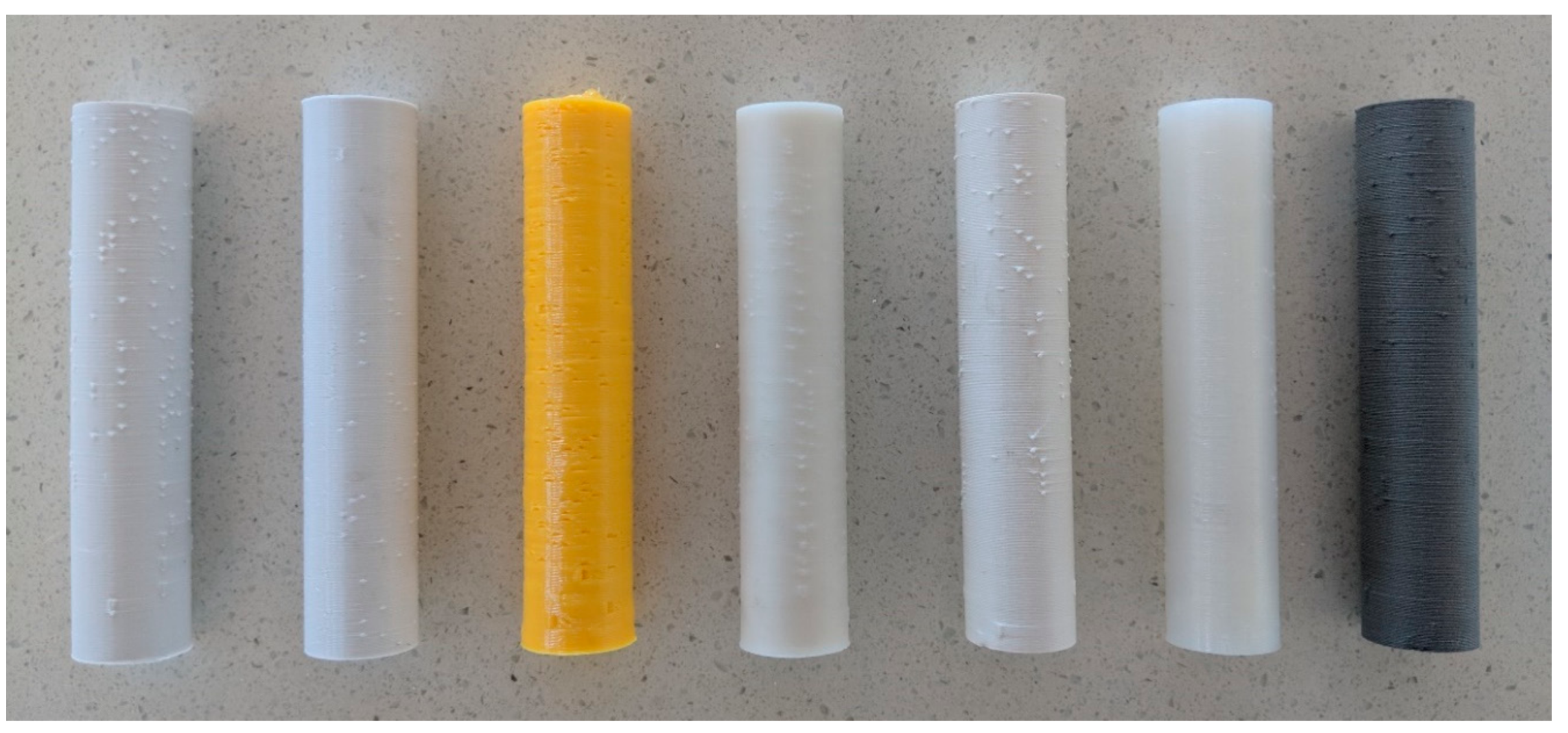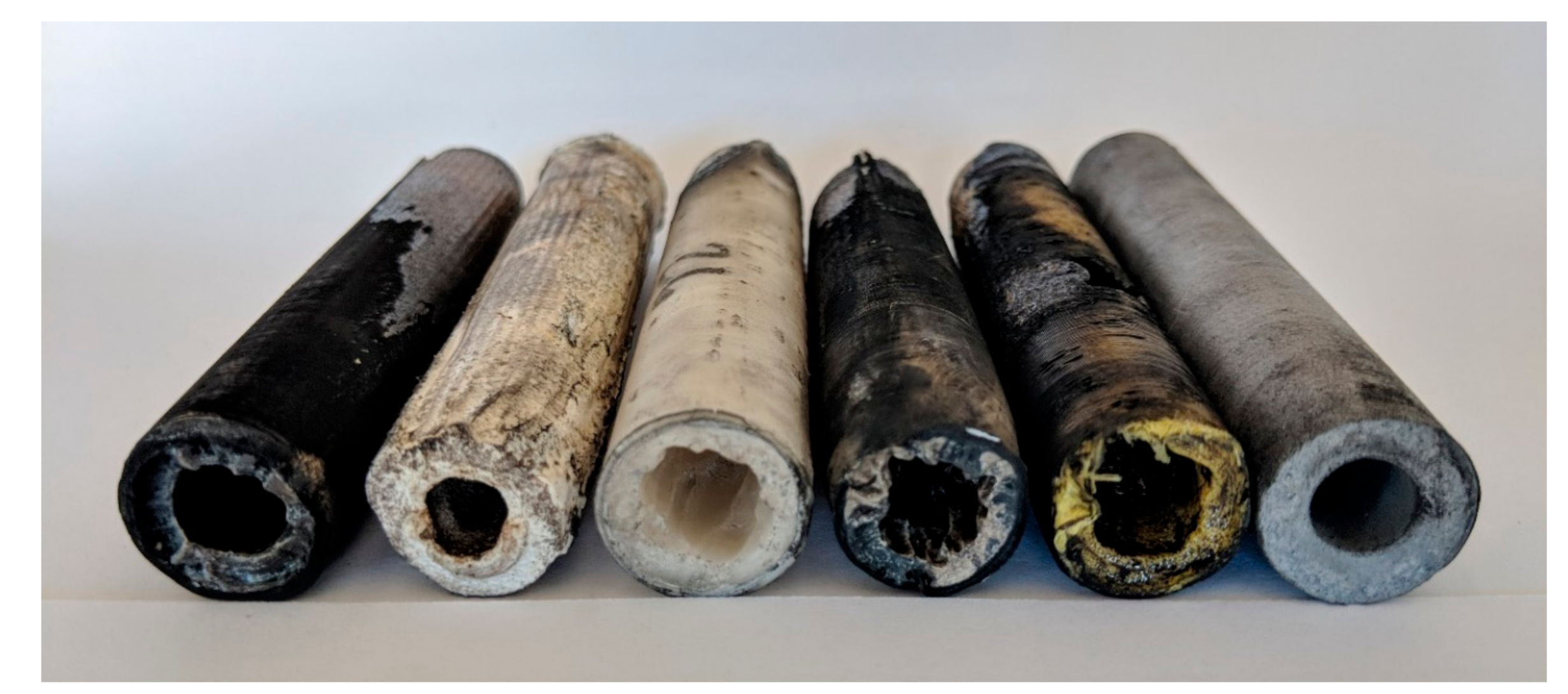Scientists from James Cook University (JCU) Australia, have used 3D printed fuel grains to power a hybrid rocket motor. Developed in response to a reported rise in rocket launches, partly due to the increase in private space exploration companies, the novel process and accessible plastics are considered a necessary requirement to help meet this demand for propellant energy.
Dr. Elsa Antunes, JCU lecturer in mechanical engineering was lead author of the study which discusses the production of the grains. According to Dr. Actunes, “There are many new investors and there is an increased demand for satellites.”
“3D printing,” she continues, “has meant designers have been able to make more complex geometries for rockets and has also opened up the possibility of using novel fuels to power them.”

3D printing and rocket science
Using ABS, PLA, PP, ASA, PTEG, and AL (PLA with aluminum particles), 3D printed circular grains were manufactured with initial dimensions of 100mm in length, 20mm in diameter, and a 6 mm straight circular combustion port. A laboratory-rocket motor test stand with sensors was also developed to conduct small-scale static fire tests, exploring the performance of these FFF/FDM materials.
“We wanted to explore the viability of using commercially available 3D printing materials in the manufacture of hybrid rocket fuel grains. We knew that the common plastic ABS has shown promise so we decided to test that against other compounds,” added Dr Antunes.

The tests subjected two fuel grains of each material to static burns for three seconds inside the motor. The grains were then dissected for further analyse. It was reported that there were noticeable differences between the higher performing materials and the common plastics. The 3D printed Nylon grains could not be removed from the motor case without significant damage, there it could not be examined.
Dr Antunes continued, “We were disappointed with the PLA and AL, we think it is largely due to the size, shape and surface area of the aluminium particles – but that’s another thing that we can explore in the near future while taking advantage of modern manufacturing techniques.”

3D printing novel rocket fuel
The research conlcudes that the AL grains shows potential despite its poor performance. Thus, further tests using different size, shape, and surface areas of aluminum particles are recommend. The experiment is the first step toward the realization of a larger scale engine firing campaign, and ultimatlely more accessible fuel for low-earth orbit devices.
“With new manufacturing techniques such as 3D printing we are able to do things that were just impossible in the past.”
Prior to this research, in 2017, Rocket Crafters, Inc began developing and commercialising Hybrid Rocket Engine (HRE) technology invented by Ronald Jones, chief technologist and co-founder of the Florida based company.
A patent for 3D printed rocket fuel technology to produce feedstock and print rocket fuel from a blend of thermoplastic and high-energy nanoscale aluminum particles. The rocket fuel uses nanoscale particles of pure aluminum which is highly reactive.
“Small-Scale Static Fire Tests of 3D Printing Hybrid Rocket Fuel Grains Produced from Different Materials” is co-authored by Mitchell McFarland and Elsa Antunes.
For more additive manufacturing news subscribe to the 3D Printing Industry Newsletter, follow us on Facebook and like us on Twitter.
Seeking 3D Printing Jobs? Join and advertise on our dedicated site now to reach professionals in this industry.
Featured image shows a rocket launch in the US. Photo via JCU.

